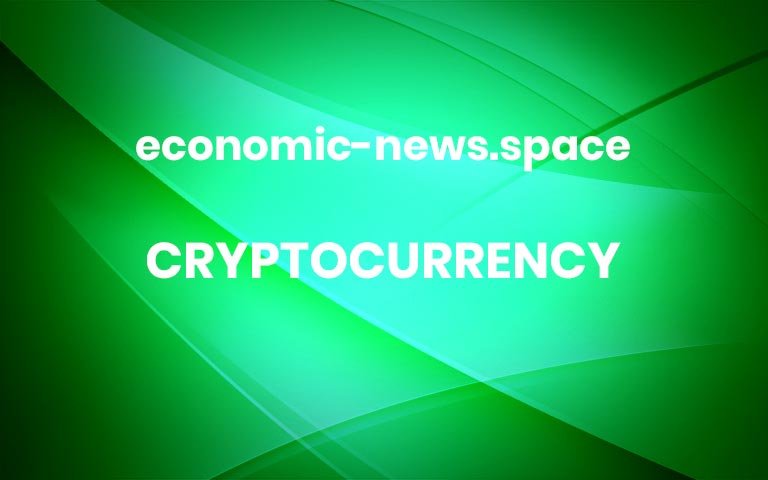Former CEO of Binance says US Strategic Bitcoin Reserve ‘pretty much confirmed”

On Thursday, it was announced that Senator Lummis is to chair the Senate Banking Subcommittee on Digital Assets.Lummis tweeted about her commitment to advancing digital asset legislation. She emphasized the need for Congress to pass a bipartisan framework that not only fosters innovation in digital assets but also strengthens the U.S. dollar with a “strategic bitcoin reserve.”“Digital assets are the future, and if the United States wants to remain a global leader in financial innovation, Congress needs to urgently pass bipartisan legislation establishing a comprehensive legal framework for digital assets and that strengthens the U.S. dollar with a strategic bitcoin reserve,” Lummis wrote. She described her appointment as a historic opportunity to secure the nation’s financial future under President Trump’s administration.CZ, the founder and former CEO of Binance, amplified the buzz with a quote tweet stating, “US Strategic Bitcoin Reserve, pretty much confirmed. Crypto moving at crypto speed again.”In the announcement of Lummis’s new role, Senate Banking Committee Chair Tim Scott said ‘Blockchain technology and cryptocurrency have the potential to democratize the financial world.” he added that “there’s no better champion for the industry than my friend Cynthia Lummis,”“Working with the Trump administration and our colleagues in the House, we will advance a commonsense regulatory framework to facilitate innovation here in the United States, not overseas,” Scott added.If pursued, a U.S. Bitcoin reserve could further validate cryptocurrency’s role in global finance while positioning the U.S. as a leader in the digital asset space. More


